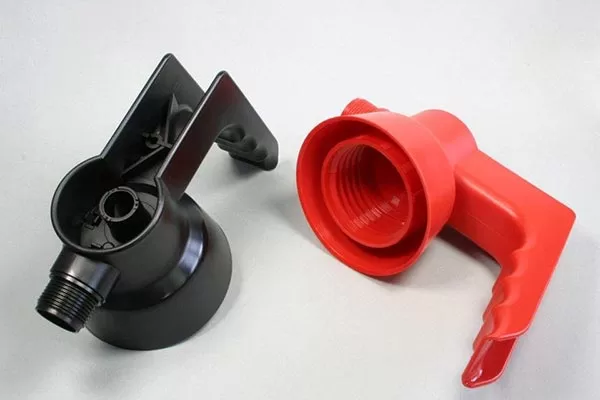When dealing with rapid tooling, there is a lot of information and mixed terms that can get lost in translation. A lot of clients, plus some engineers and designers lack a clear idea with regards to the processes and procedures of rapid tooling and those of rapid prototyping.
The main purpose of this post is we want to discuss a wide range of steps and procedures between these two key manufacturing processes so you can know how to differentiate them properly.
We can agree on one thing, the rise of both sets of tooling techniques resulted from the rising cost of manufacturing which resulted in the introduction of modern and inexpensive technology and the cost of raw materials required to make new products. Once the two tooling techniques merged, it proved to be a game-changer in the production sector.
Manufacturing/production 101
First, before we delve any deeper, let’s take a few steps back in order to paint a clearer picture. When a developer or client brings a new project on board; every aspect regarding it should be thoroughly inspected and examined beginning from the design phase to the creation of the part/prototype.
Each specific order has to follow a specific pattern in every step, this essentially means that for every step it will shed light on more details about the product thus you’ll be able to save a lot of time and money.
With the pre-production process, the big part of your project will utilize 3D tech so as to get even the tiniest detail. As for CAD models, you will get as many details as possible pertaining to the functionality of a project. Once all the background work and the science have been established then the next phase is rolling out the prototype creation.

Prototype parts
How Rapid Prototyping works
Rapid prototyping is gaining traction in the last few years as the go-to go product when it comes to manufacturing of finished products. 3D printers do most of the heavy lifting, one of the major benefits of this production technique is its ability to produce a fully-functional version of the final product using the same material used in the production cycle after approval of the prototype production.
Most of the 3D printed prototypes are made using the same specs like the original CAD file which means that when it comes to testing functionality it’s quite simple. If prototype tweaking and approval take a few days, then your parts and products should be ready in a few days.
Rapid tooling is key in bridging production cycle
After prototype production is approved, this is where rapid tooling comes in. The catch is using the rapid tooling techniques to create a part or produce within a reduced cycle time using the machinery and equipment at the producer’s disposal.
If there are any design flaws, the rapid tooling phase is the perfect time to rectify all the flaws giving you an extra edge as there will be no room for mistakes.
Rapid tooling ensures that your products get delivered within the stipulated time hitting the market on time.
